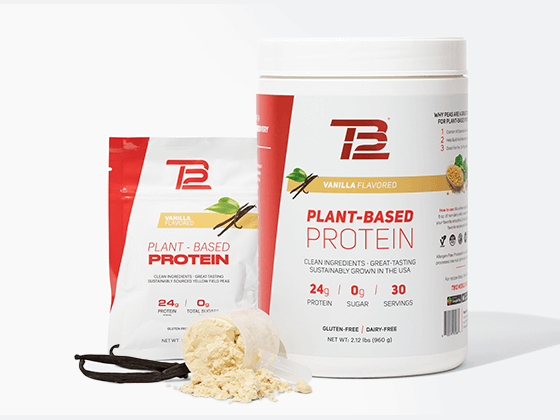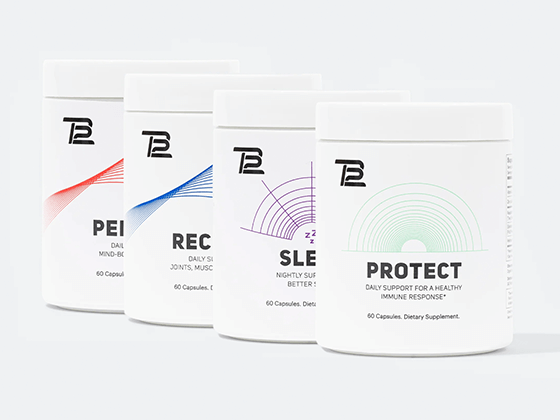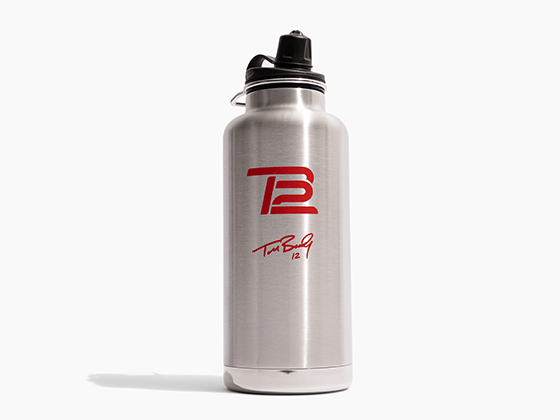TB12
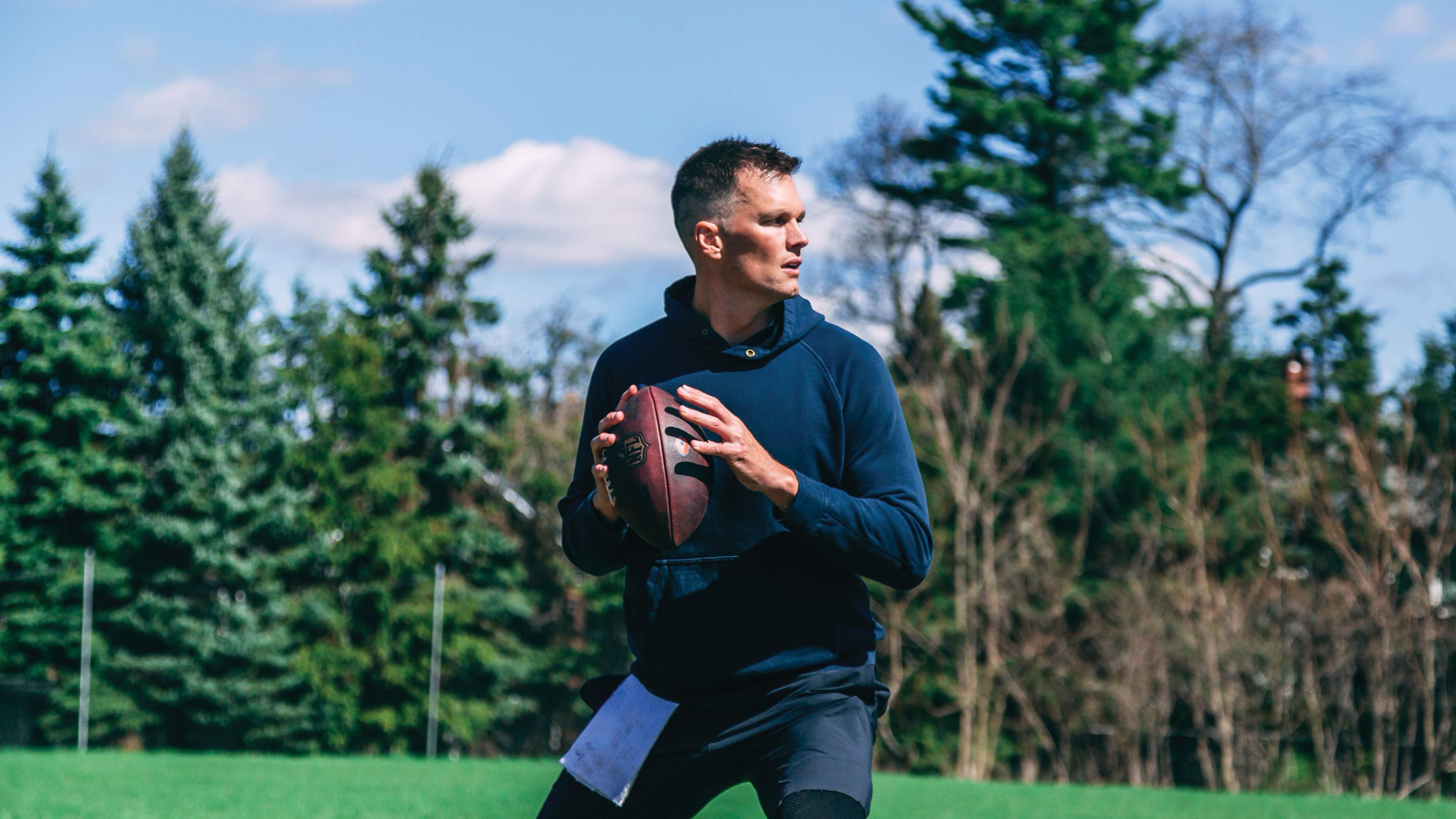
Tom Brady’s Mental Toughness: 4 Principles He Relies On
If you've ever wanted to tap into the legendary mindset of Tom Brady and see how you can apply it to your life check out these four principles.
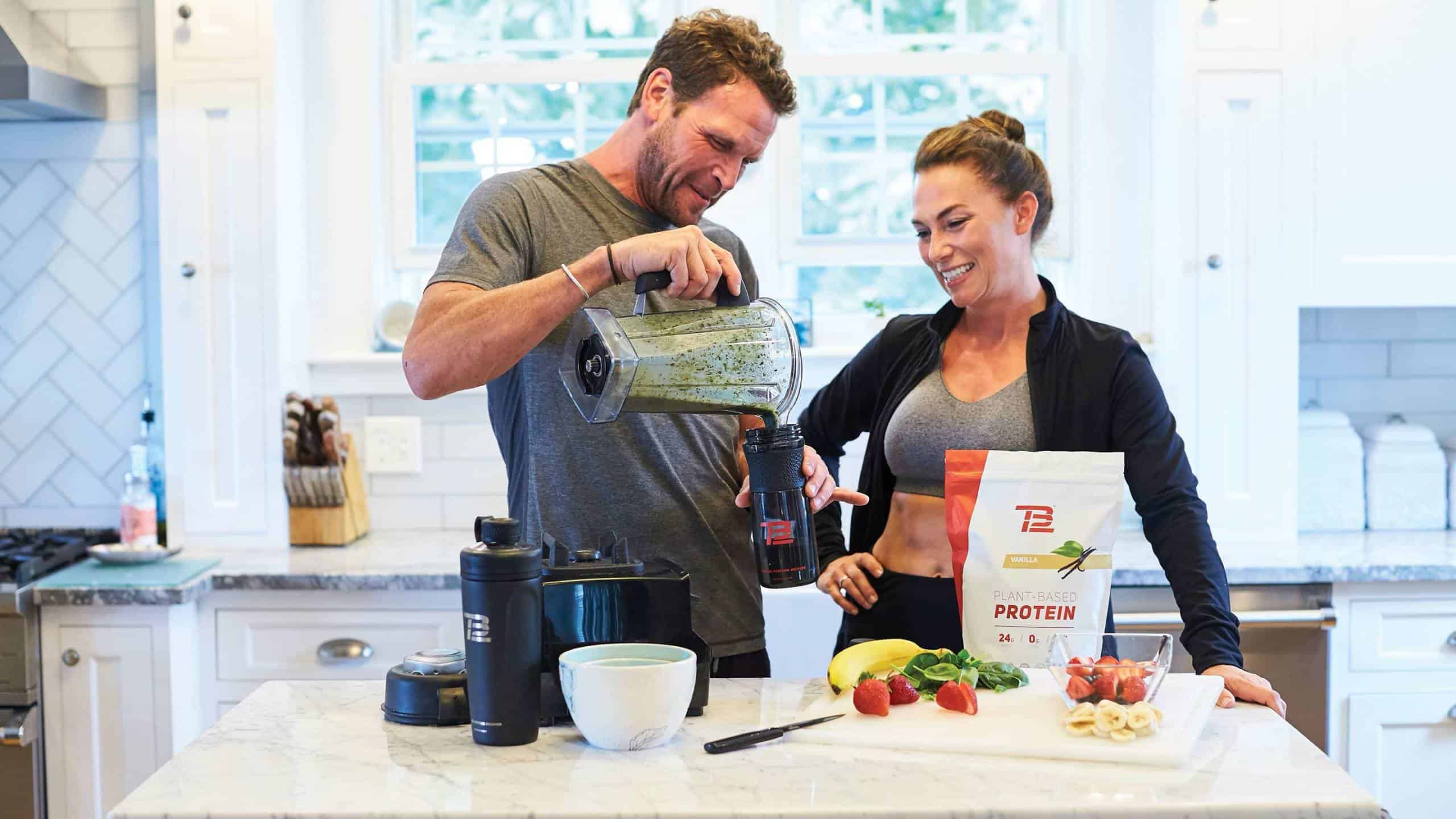
What To Eat After A Workout
After a tough workout, your focus should shift to kicking off your recovery: refueling your body through proper nutrition and adequate hydration.

This Is Your Brain On Protein
Harvard-trained nutritional psychiatrist Dr. Uma Naidoo weighs in on the impact of protein on the brain.
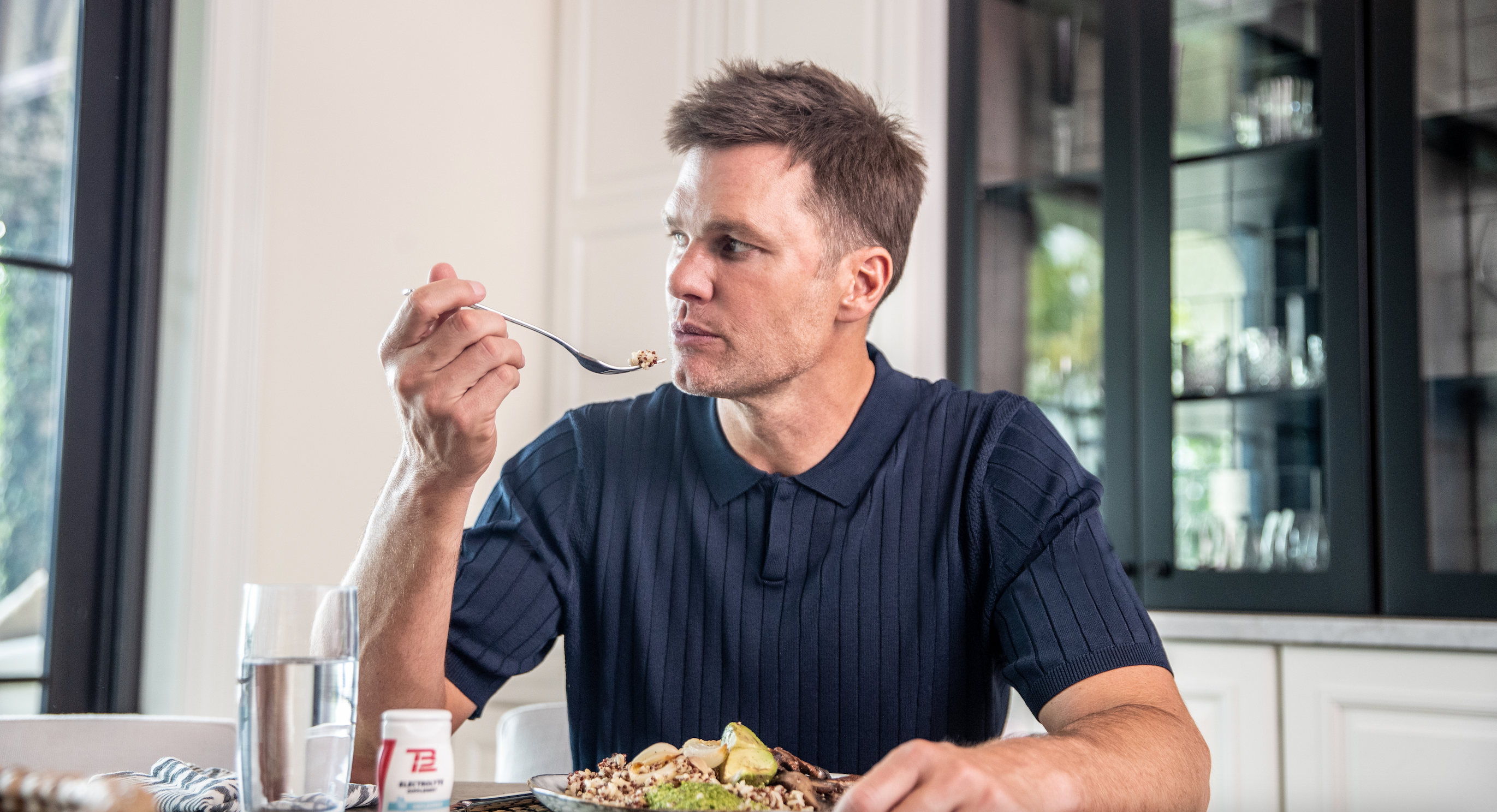
TB12 Grocery List: Essential Nutrition
We've put together a simple grocery list of TB12-aligned foods that will get you on track for transforming your diet.

Build a Healthy Morning Routine in Just 12 Minutes
Adding this simple 12 minute routine to your morning will help you start each day on the right foot and set you up with consistent healthy daily habits.
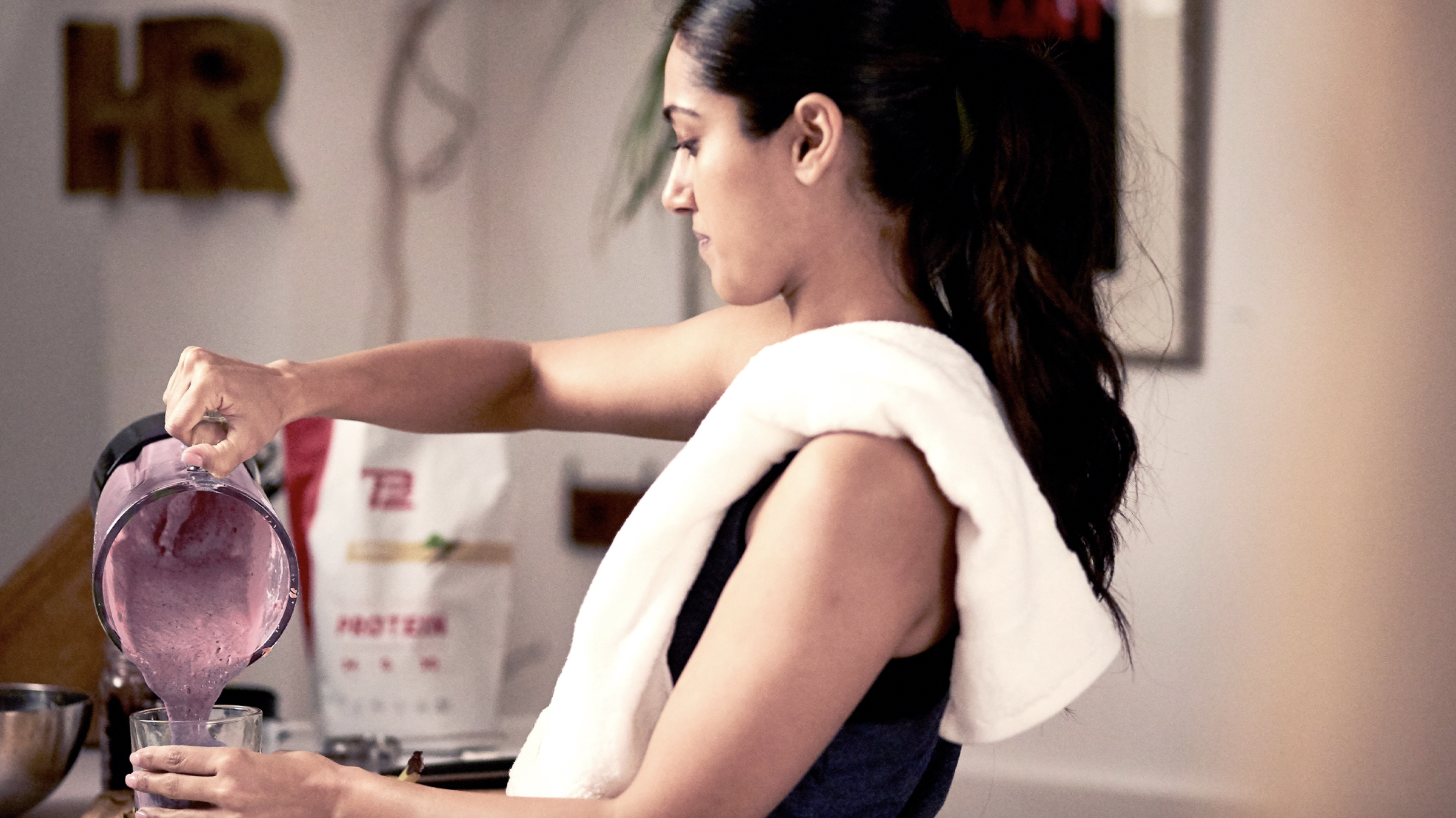
Plant Protein: The Ultimate Recovery Tool
Recovery from a workout can be as challenging as the workout itself. Plant protein is an easy [and delicious] way to prioritize your recovery and re-fuel your body.
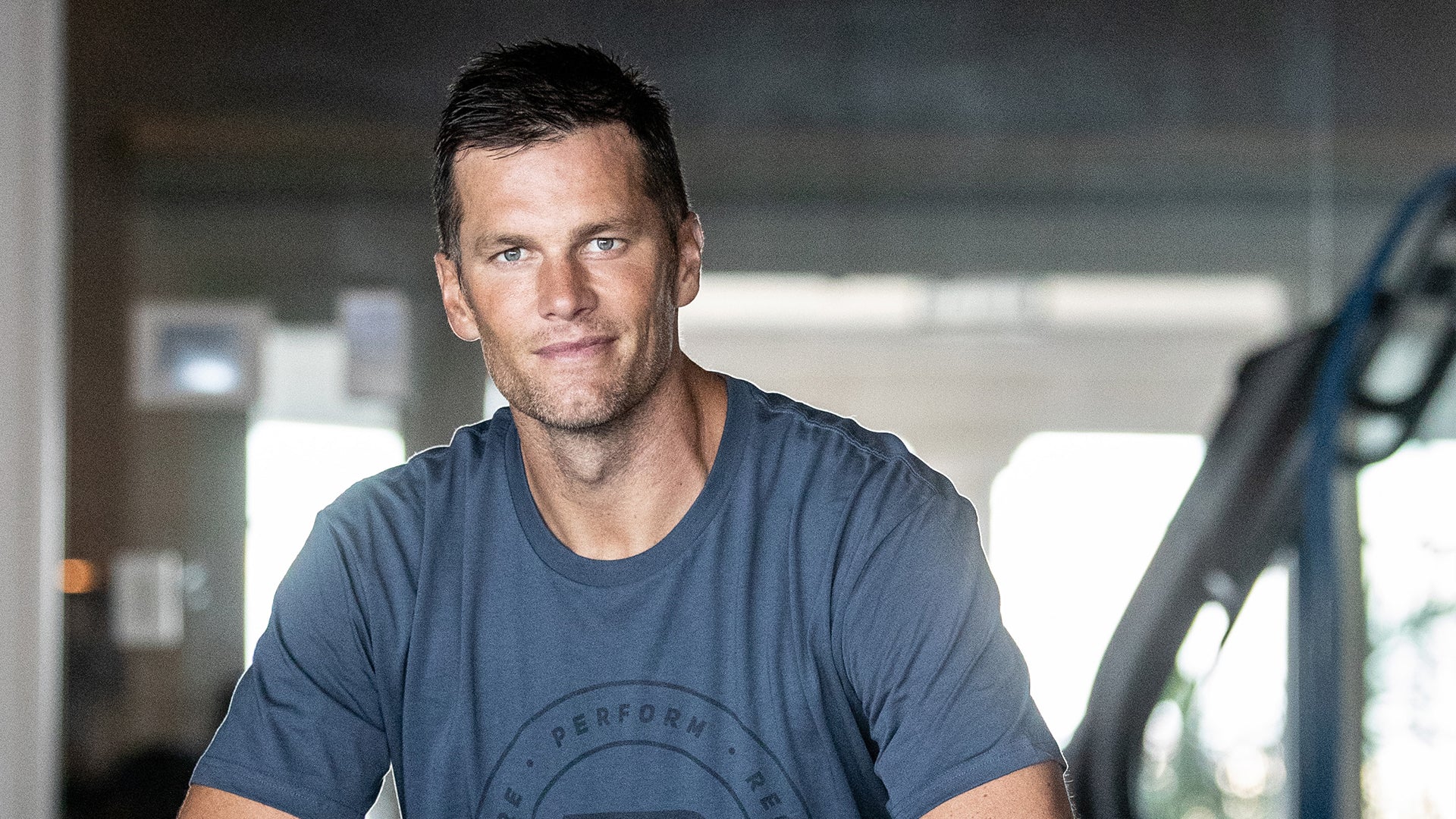
So, What Does Tom Brady Eat? Introducing the TB12 Diet
WITH SEVEN Super Bowl wins under his belt, there’s no doubt Tom Brady is doing something right with his preparation, including his nutrition. But what exactly is he doing, and why? What does Tom ...

Gronk's "Cookie Gronkster" Smoothie
Straight from the kitchen of Rob Gronkowski!
This "Cookie Gronkster" smoothie features our new Cookies & Cream flavor Plant-Based Protein and is a tasty way to fuel your body or recover after a...

Dr. Uma Naidoo Explains the 6 Pillars of Nutritional Psychiatry
Dr. Uma Naidoo is widely regarded as a “triple threat” in the food and medicine space: a Harvard trained psychiatrist, Professional Chef graduating with her culinary schools’ most coveted awa...

